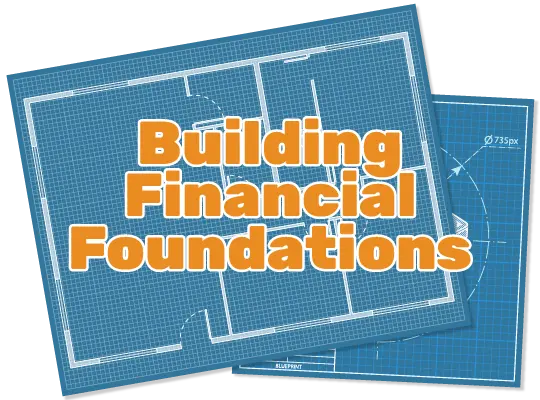First Time Home Buyer's Guide
All the information to take in as a first time home buyer can be overwhelming to say the least. Our guide outlines the process for you.
 by: holli casto
by: holli casto
vp of training and development
Published 8/20/2024

Goal setting is a fundamental skill for all aspects of life, and it’s never too early to start teaching it. When it comes to financial literacy, setting goals is crucial because it lays the groundwork for effective budgeting, saving, and investing habits. By helping your child understand the importance of setting financial goals, you’re equipping them with a mindset that will serve them well throughout their life.
Starting with Personal Goals
Kids tend to be more goal-oriented: whether it’s wanting to save for a new toy, visiting a special place like a water park, or achieving a personal milestone, such as reading a certain number of books. Encourage your child to express these desires as specific goals. Then, work together to break down these goals into actionable steps.
For example, if your child wants to save for a new toy, help them figure out how much money they need and how they can save up for it over time. This process not only teaches the value of delayed gratification but also introduces them to basic financial concepts like saving and budgeting.
Connecting Goals to Financial Literacy
When teaching kids about financial goals, it’s important to show them how their goals are directly tied to financial decisions. Some practical ways to make this connection for kids is to earn money for completing a task or project, or to save for something they want to buy.
Framing these actions as goals teaches your child how goal setting and finances go hand in hand.
By integrating goal setting into your child’s financial education, you’re not just teaching them how to manage money—you’re also instilling a mindset of intentionality, responsibility, and perseverance. These are the cornerstones of financial literacy that will benefit them for a lifetime.
Another fundamental concept to teach your kids is the notion that money is earned.
Teaching your kids that money is earned through hard work helps them understand its value. If the only way kids come into contact with money is through gifts, this doesn't instill the notion that money comes from work.
Some examples of ways you can do this is through chores, doing yard work or tasks for a neighbor or family member or selling old toys or clothes. It's up to you how you decide to teach your child how they can earn money. These can be in addition to a weekly allowance, or the only way they access money. Some families choose to pay their children for grades, but it's important to set expectations at the beginning of the year what grades are expected.
Choosing a mix of different ways your kids earn money can be a great way to nurture different areas for your child to find a passion for earning money as well.
Once your child has to access money, teaching them how to spend money is the next step.
This could start small, like giving them $10 at a gas station to decide how to spend or save the money. Or, during a visit to the fair with friends, they can manage a set amount of cash for the day. Or, they could save up for something special they want to buy, like a game, toy, or outfit they want to buy.
This can grow into weekly budgets in high school, for time with friends. They could learn to get fast food for a couple of days with friends or save up and go to the movies on the weekend.
One of the most important steps is ensuring your child has their own bank account. As they get older, teaching them how to check their balance and make deposits puts them on the path to become financially literate adults.
While older generations may harp on the notion that kids don't know how to write checks, what is more important is that kids know the difference between a checking and a savings account and how to use their debit card responsibly.
Keeping track of your kids' money and spending can feel overwhelming. That’s where services like Greenlight come in. Greenlight is a user-friendly tool that allows you to manage your child’s finances directly from your phone.
You can assign your child chores, send them money, receive notifications when they use their debit card, turn on and off their child's debit card, and much more.
These are three ways to teach your child to engage with their money in a hands on, practical way, so they understand how these things work once they have to deal with them as adults.
Teaching healthy financial habits early will benefit your kids for a lifetime. It doesn’t have to be complicated—starting with the basics like goal setting, earning, responsible spending, and managing a bank account is a great way to begin.
All the information to take in as a first time home buyer can be overwhelming to say the least. Our guide outlines the process for you.